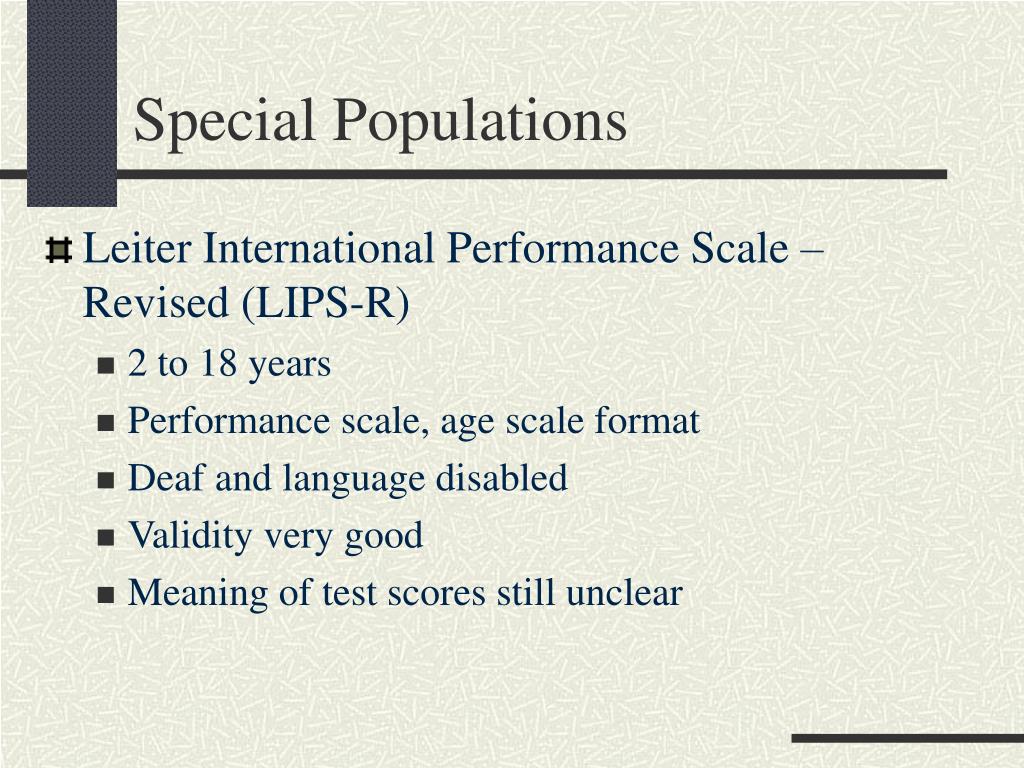
The utility of the Stanford-Binet in predicting WRAT performance: Psychology in the Schools Vol 16(4) Oct 1979, 488-490. Validity of a configural interpretation of the Intellectual Screening and Achievement scales of the Personality Inventory for Children: Educational and Psychological Measurement Vol 41(3) Fal 1981, 863-868. A comparison of the WRAT and the PIAT with learning disability children: Educational and Psychological Measurement Vol 35(2) Sum 1975, 487-493. Stability and concurrent validity of the PPVT-R in hospitalized psychotic adolescents: Psychological Reports Vol 67(2) Oct 1990, 554. Wide Range Assessment of Memory and Learning, Second Edition.

Dordrecht, Netherlands: Kluwer Academic Publishers. Lutz, FL: Psychological Assessment Resources. Wide Range Achievement Test 4 professional manual. A computerized scoring program and interpretive report are also available. The WRAT4 is published by and available from Psychological Assessment Resources, Inc. The various editions of the Wide Range Achievement Test (WRAT) have enjoyed widespread use in a variety of settings as a measure of the basic academic skills necessary for effective learning, communication, and thinking: reading and spelling words and performing basic mathematical calculations. The Wide Range Achievement Test 4 (WRAT4) is the latest offering in a test series first published in 1946.

The alternate forms also may be administered together in a single examination. The WRAT4 provides two equivalent forms (Blue and Green), which enables retesting within short periods of time without potential practice effects that occur from repeating the same items. The test is appropriate for individuals ages 5-94 years. The test currently is in its fourth revision.

The Wide Range Achievement Test 4 (WRAT4) is an achievement test which measures an individual's ability to read words, comprehend sentences, spell, and compute solutions to math problems. Wechsler Intelligence Scale for Children.


 0 kommentar(er)
0 kommentar(er)
